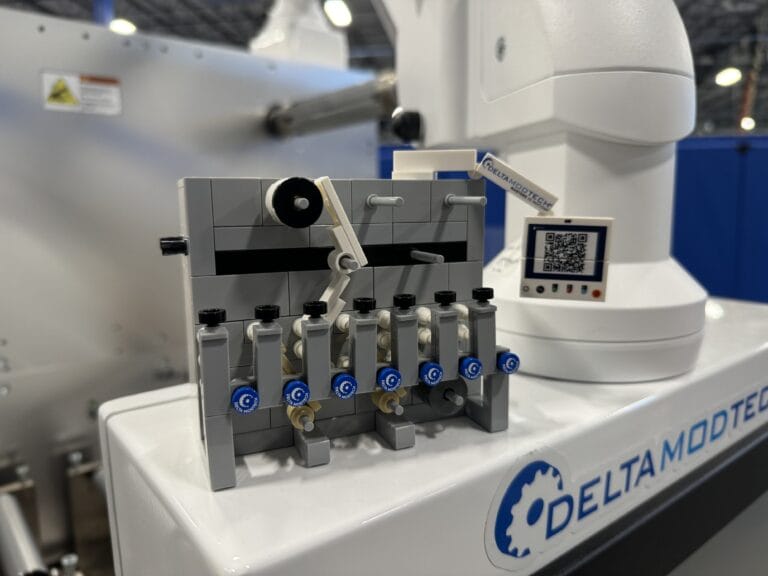
From People to Processes: Four Ways to Boost Uptime
Jams. Machine adjustments. Lack of materials. Breakdowns.
These are but a few of the many calling cards of downtime. While we’ve blogged that making process and product design improvements in the R&D process is the ultimate method for improving uptime, there are operational (and mechanical) aspects that can help the cause.

1. Faster setups
You want to hit the ground running, right? Lengthy setups can have a significant impact on uptime. Unfortunately, they can be tough to avoid when you’re dealing with complex products that have multiple operations. Those setups become even more lengthy when you have machines that are not equipped with the tools to facilitate ease of setup. Machine setup should be fast and easy at the most basic operator level.
Yet complex technology doesn’t always play nice. We ourselves do battle with this issue on a daily basis, which is why we put so much time and effort into simple and flexible HMI screens, making our human-machine interface as intuitive as possible. Maybe we’re not at an iPhone level of user-friendliness (yet), but that’s the goal.
Setups also apply to the process once it’s in motion. We’ve designed turret unwinds on the front of our modular machines, for example, to allow for new rolls to be loaded while the other is paying out. There’s no setup when the machine doesn’t stop, right?
2. Fewer manual adjustments during runs
Use vision systems to automatically adjust registration settings. In the past, every part — even if you had a family of parts in different sizes — required a vision system for each discrete parts. Your vision specialist would have to manually setup each system. The result: More time, more costs.
A vision system wizard, most commonly used as part of the R&D process, can also be a production tool for setup. The wizard accounts for multiple dimensions, providing you with a number of different inspection options and the ability to automatically adjust your process.
3. Real-time online tech support
When your line is down, do you find yourself playing phone tag? Look for control systems that the manufacturer can connect to remotely to help you in real-time. Your support team should be able to remote access trouble-shoot through the Internet for immediate software corrections.
Note that your tech support is not just for a virtual world. You also need on-site support for any mechanical upgrades or fixes. Look for a partner who can deploy skilled service personnel quickly and at any time of the year.
4. Employee training – Before, During and After
Training can take many forms, and occur in different phases. Obviously you want to be upfront and train as thoroughly as possible, but you also need on-the-job (and on the spot) training once your operators are in the driver’s seat of the process.

We recommend a four-tiered approach, with an emphasis on being proactive:
* New machine training on the buyer’s shop floor. Once installed, your vendor should be on-site for more training and to ensure the machine is operating properly.
* Help options on the machine. An issue is bound to arise, and it’s usually when there’s no trainer on-site. While online tech support will be helpful, providing your operators with the ability to self-educate themselves is essential. Any production machine should include a Help button with an easy-to-understand tutorials.
* Ongoing training and master classes. After the initial setup and the line is running, that’s when the in-depth learning begins. Look for master classes from your manufacturer, online training resources (Delta ModTechTalk has a training blog that we maintain specifically for our clients) or host a trainer on-site.
Faster setups and fewer adjustments. Ongoing support. In-depth training. They’re all simple methods for ensuring continuous uptime with your systems.
The big question is how does your organization systematically implement them? In our blog, we’ll continue to provide you insights into these strategic challenges, and methods we’ve found instrumental in delivering profitable solutions. Please sign-up for weekly updates!
For more information on how you can maximize your uptime, contact your Delta ModTech Manufacturing expert.
OVERCOME YOUR BIGGEST CONVERTING AND PACKAGING CHALLENGES
Published on Nov 09 2015
Categories: Delta ModTech Blog, Uptime
Previous Post
The Surprising Causes of Most OEE Performance Gaps

